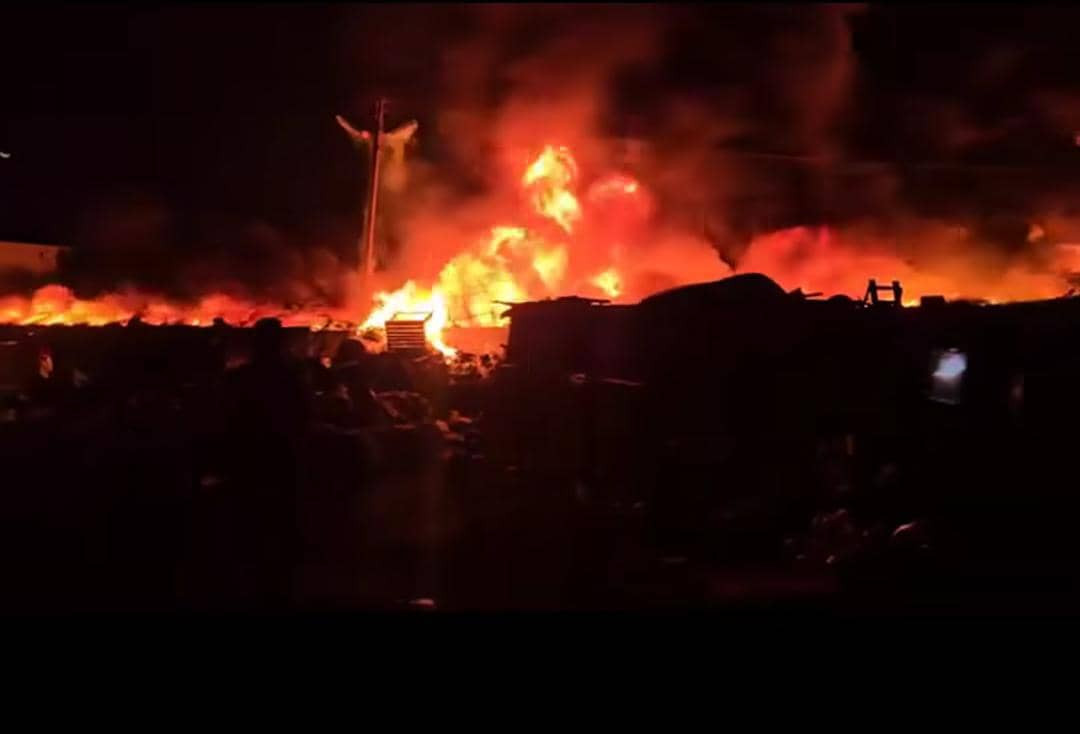
NINE-YEAR-OLD Zvikomborero Mhondiwa (not real name) of Watershed area in Hwedza has to take her mother’s wrapping cloth to school every day.
BY JAIROS SAUNYAMA
The school, Guruuswa Primary, was established during the land reform exercise around 2000.
The government has done little to construct decent structures for the hundreds of pupils, who are currently learning in tobacco barns left behind by an evicted white farmer. Both the primary and secondary school pupils share the tobacco barns.
 Tobacco barns-turned-classrooms at Guruuswa Primary School in Hwedza
Tobacco barns-turned-classrooms at Guruuswa Primary School in Hwedza
“There are not enough benches in the classroom and we sit on the floor, so I bring this wrapper so I spread it on the rough floor to avoid dirt,” Zvikomborero, a Grade 3 pupil said.
Parents in the resettlement areas said they have begun constructing classrooms, but the pace was very slow due to limited resources.
“Our children have been learning in these tobacco barns. We are hoping that their plight will be addressed by relevant authorities soon. As parents, we have started contributing both financial and labour resources to construct a few blocks,” Rosemary Tapera said.
- Chamisa under fire over US$120K donation
- Mavhunga puts DeMbare into Chibuku quarterfinals
- Pension funds bet on Cabora Bassa oilfields
- Councils defy govt fire tender directive
Keep Reading
The parents provided bricks, pit sand and other locally available building materials.
Parents were worried that Guruuswa School was in a dire state, as the tobacco barns were now dilapidated and poorly ventilated.
A primary school teacher at the institution, who declined to be named, said the learning environment was harsh given the unavailability of proper infrastructure.
“The children have adapted to this learning environment, but the truth remains there is need for proper infrastructure. The barns do not provide enough classroom space and pupils are being squashed,” the teacher said.
This mirrors the situation at a number of schools in resettlement areas across the country. Some pupils were said to be learning under trees due to shortage of infrastructure.
Over 300 000 families moved to resettlement areas at the height of the land reform programme, where there were no schools, forced government to establish satellite schools largely manned by non-qualified teachers.
Former Education minister David Coltart said the education of children at resettlement schools was not secure.
“The chaotic situation prevailing regarding the education of children in resettlement areas is a direct result of the unplanned nature of the land programme implemented since 2000. Instead of building the infrastructure needed, including schools, clinics, roads and hospitals, people were moved without any of these structures in place,” he said.
Coltart said during his tenure as a minister in the coalition government, he raised the issue with Cabinet, adding that there was need for huge investment in the sector.
“But there are several hundred thousand children who live in these (resettlement) areas. Sadly, many of them do not even go to school now. The current government is incapable of addressing this shocking situation,” he said.
The Zimbabwe Education Act [Chapter 25:04] states that all children have the right to education.
Justice for Children Trust director, Caleb Mutandwa said there was need to respect the rights of children.
“The Constitution of Zimbabwe provides for the right to education for every child. It also outlaws discrimination. We urge the government to put in place progressive measures to ensure that every child enjoys their rights, including education,” he said.
“Government must work towards providing the necessary infrastructure for every child, create a conducive learning environment for the child to achieve and realise their full potential. It needs to prioritise and be equitable in resource allocation.”
Primary and Secondary Education deputy minister Paul Mavhima said the government was working tirelessly to improve infrastructure in schools, practically in resettlement areas.
“We are quite aware of the situation and we have done a lot in improving the infrastructure in most schools in the country. Of the 2 056 schools, about 1 500 are satellite schools or in the resettlement areas and need to be improved. Each year, through the grants that we get, we have been constructing six schools and adding a classroom block or so to those who have already improved their infrastructure,” he said.
On November 29, 2015 the government, through the Primary and Secondary Education ministry, issued a statement seeking joint venture partnerships on school infrastructure development.
Mavhima said the ministry had a deficit of 2 056 secondary and primary schools countrywide and the government had approved the construction of school infrastructure through joint venture partnership projects.
The plight of children in the resettlement areas is worsened, as the bulk of the teachers in rural areas are less experienced, under qualified and demotivated, thereby subjecting pupils to low quality education.











